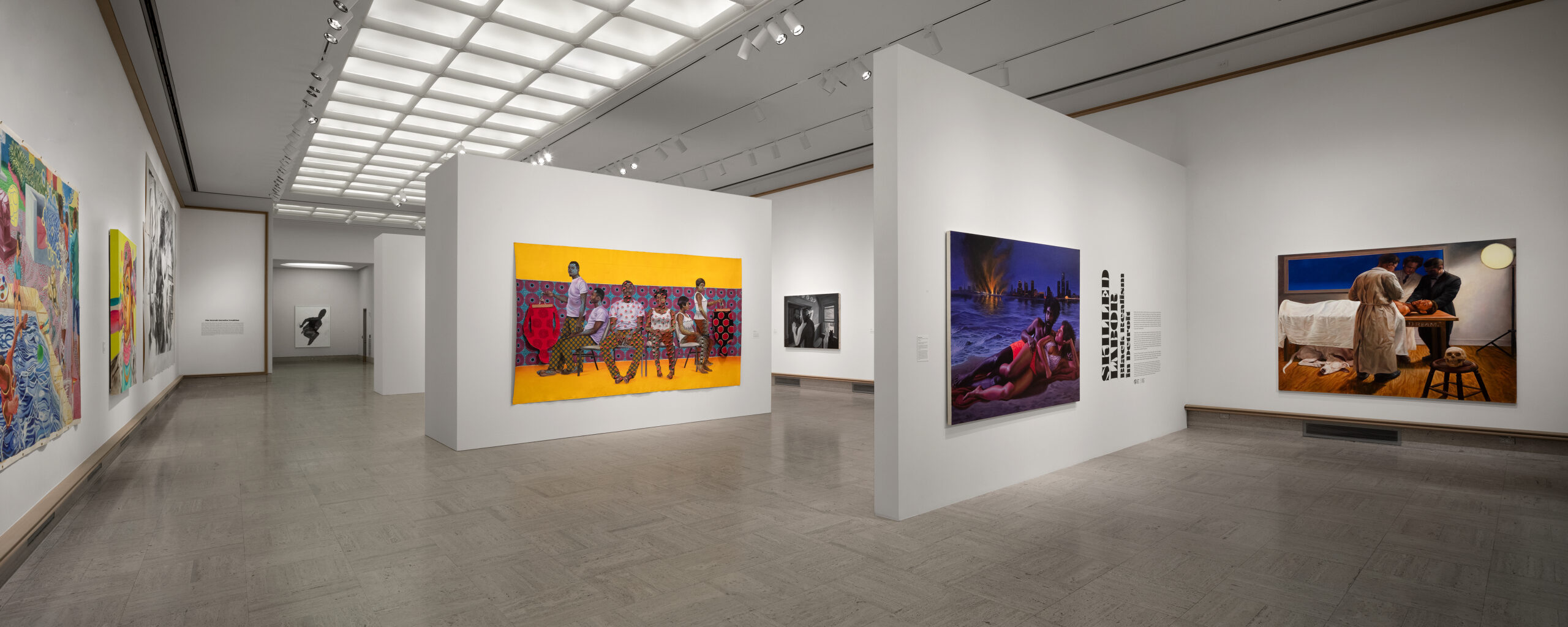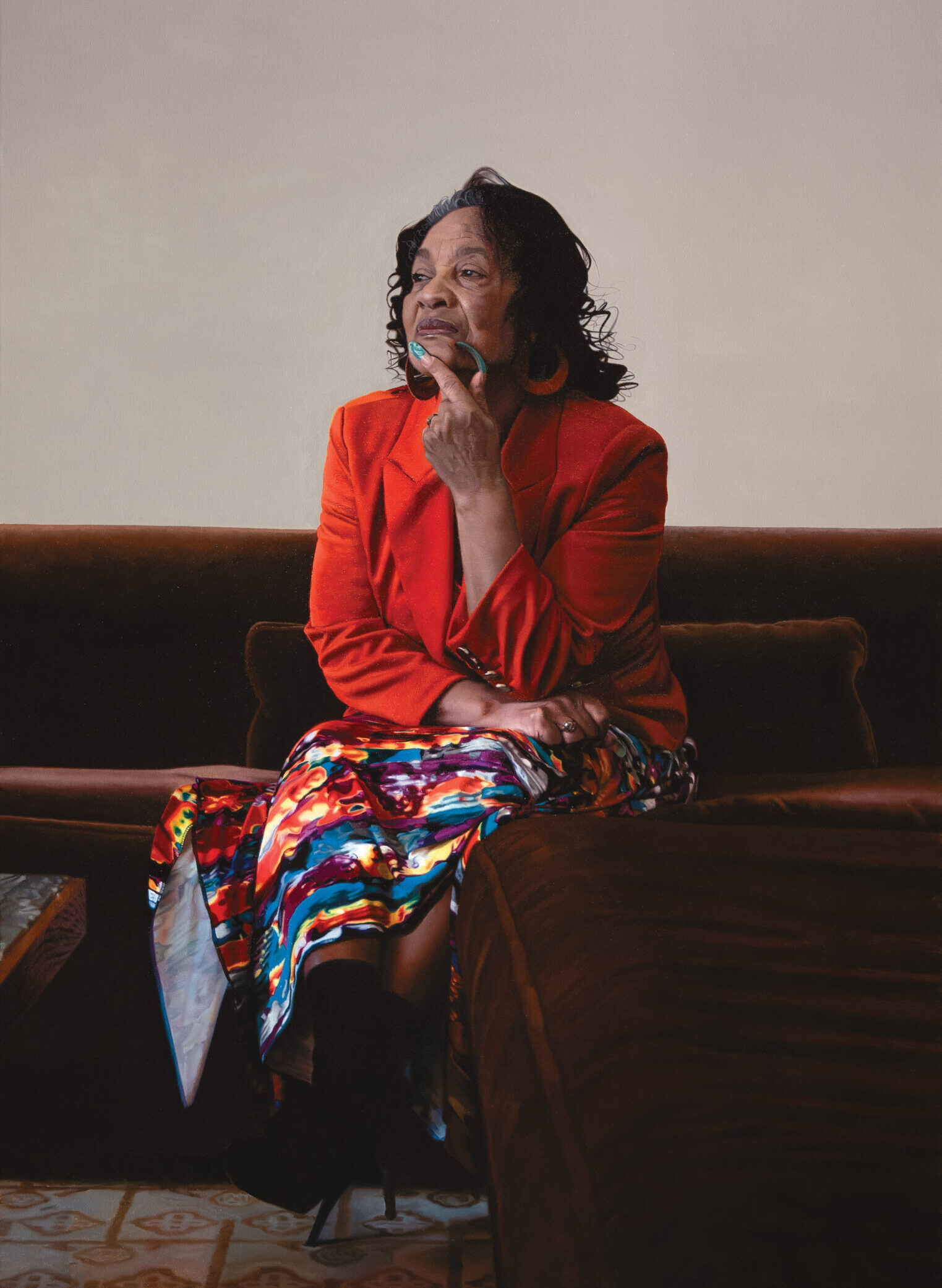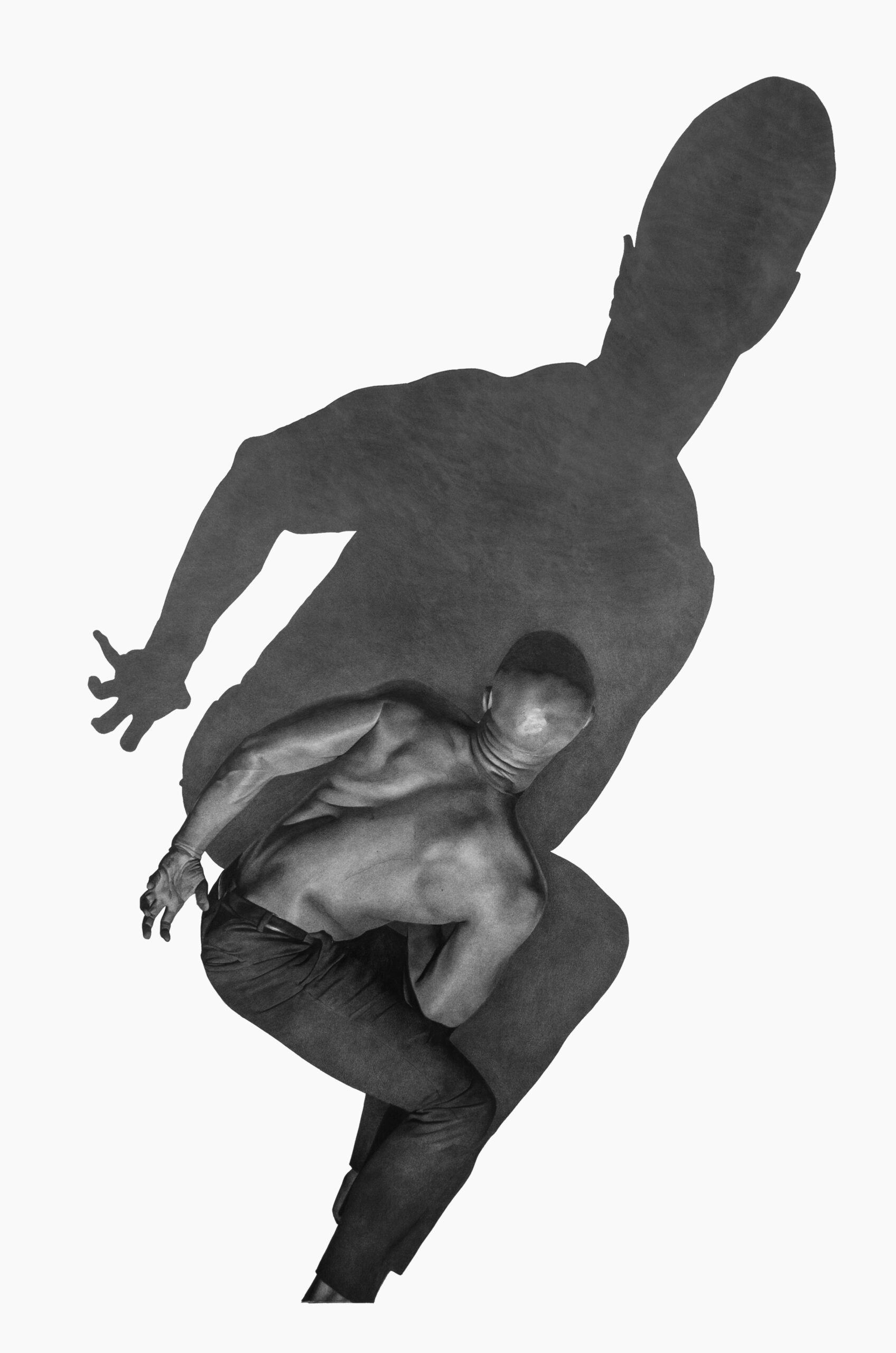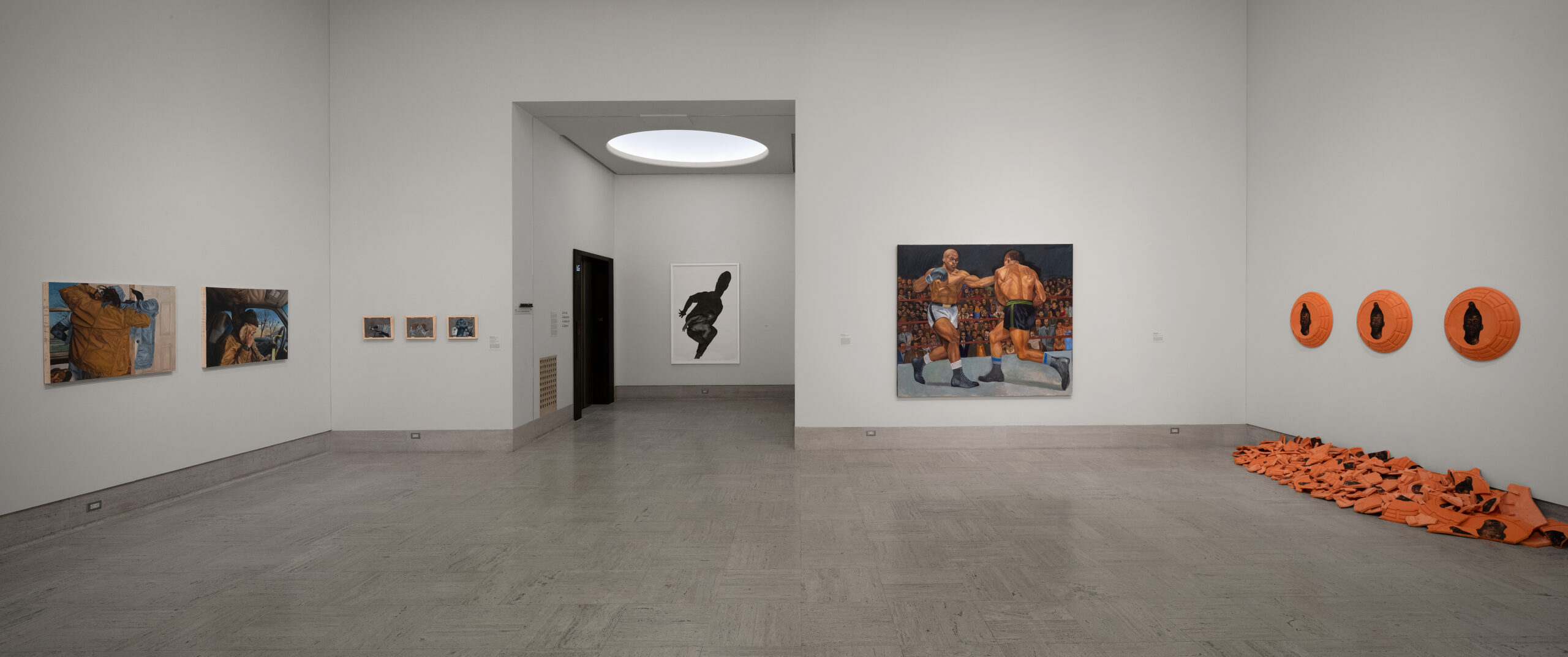For the artists and curators of Cranbrook Art Museum’s Skilled Labor: Black Realism in Detroit, the historic erasure of Black figures in institutional art collections propels a powerful mission to share their stories. The museum in Bloomfield Hills, Michigan, which sits adjacent to the Cranbrook Academy of Art, invited 20 contemporary artists from the Detroit area who demonstrate remarkable depth, nuance, and range of Black figuration through detailed, technically proficient paintings and drawings.
MARIO MOORE, ARTIST & CO-CURATOR“I am always learning as an artist, and the curatorial process for this particular show allowed me to be engaged with many artists I respect, and all that I know in some way. It felt like home, and after moving back to Detroit four years ago, it feels great to be engaged with the Detroit art community in this way.”


Telling Black Stories
Spanning multiple generations, Skilled Labor spotlights artists like Sydnie G. James, Ijania Cortez, Hubert Massey, and Jonathan Harris, whose painting titled “Critical Race Theory” went viral in 2022. Depicting a white person rolling white paint onto a collective portrait of notable Black figures like Harriet Tubman, Martin Luther King Jr., Malcolm X, the artist criticizes the “whitewashing” of Black narratives, highlighting the importance of preserving these histories.
A large-scale portrait by Cranbrook Art Academy student Joshua Rainer titled “Blessed Quietness (Nannie)” focuses on a loving portrait of the artist’s grandmother, seated on a sofa, wearing bright red, and gazing pensively into the distance with her remarkable turquoise fingernails tucked under her chin.
“The nickname ‘Blessed Quietness’ was given to my grandmother by the late Bishop David L. Ellis of Greater Grace, which is still today my maternal family’s church home, shortly after she joined the church in the 70s,” Rainer says. “It is thought that her quiet, reserved disposition earned her the name… Blessed Quietness, to me, bears a record of a turning point in my grandmother’s experience of the Great Migration and carries the story of how she stayed in Detroit against serious odds.”
Skilled Labor approaches figuration in painting through a lens not dissimilar from our understanding of people and individuality itself: every rendering and composition “features a spectrum of lived experiences—joy, intimacy, reverie, danger, tension—through this artistic lens,” a statement says.
“I like how it touches every corner of Black experience in each portrait,” Ijania Cortez told One Detroit in a short documentary about the show.

Reframing Representation
Skilled Labor includes two large-scale oil paintings by Detroit-born Mario Moore, who co-curated the exhibition with Cranbrook Art Museum’s chief curator, Laura Mott. His pieces often portray Black people at home or during leisure time, wearing fine suits and fur coats yet relaxed and often gazing directly at the viewer. Moore sometimes inserts his self-portrait into picture frames behind his sitters or depicts his own body, literally reframing a European art historical tradition in which artists surreptitiously fit their own likenesses into commissioned paintings.
“I am always learning as an artist, and the curatorial process for this particular show allowed me to be engaged with many artists I respect, and all that I know in some way,” Moore told me. “It felt like home, and after moving back to Detroit four years ago, it feels great to be engaged with the Detroit art community in this way.”
Skilled Labor showcases the Black body and the Black narrative through the perspectives of artists with their own diverse experiences and outlooks, “a narrative that isn’t just confined to the political identity of Blackness,” artist Conrad Eygir says in the Detroit One film. He adds, “(They’re) also talking about themes of liberation, themes of empowerment, empathy, themes of migration. You also see moments of joy, families bonding, pain. So it’s successful in the sense that it gives the artists—and also the viewers who come to see the show—a big depth and breadth and scope of all of these narratives combined.”
Though this exhibition is now closed, you can view the show below courtesy of the Cranbrook Art Museum.
